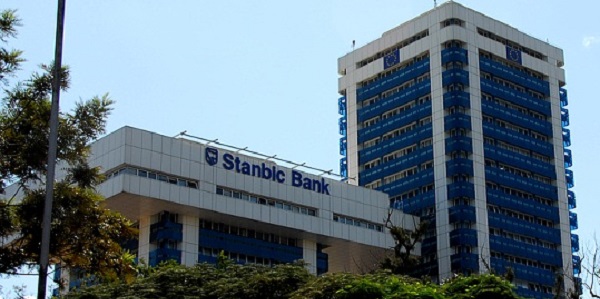
Kampala, Uganda | THE INDEPENDENT | Four of the five monitored sectors saw business conditions improve during October, the exception being industry.
The Stanbic Bank Purchasing Managers’ Index (PMI) has posted 56.6 in October, up from 54.2 in September recording above the 50.0 no-change mark for the twenty-first successive month. The latest reading is the highest since the survey began in June 2016.
Four of the five monitored sectors saw business conditions improve in October with the exception of industry.
New orders continued to expand at the start of the fourth quarter of 2018, extending the current sequence of growth which began in February 2017. The latest rise was attributed to higher customer numbers and improving demand in the economy.
Commenting on October’s survey findings, Jibran Qureishi, Regional Economist E.A at Stanbic Bank said Ugandan economy remains on course to grow above 6.0% in 2018.
He says good rains expected in the fourth quarter could support the agrarian sector and subsequently economic activity.
Qureishi noted that despite rising output costs for firms, the strong momentum of domestic demand is counterbalancing that.
Overall input prices rose again in October. Alongside higher purchase prices and staff costs, respondents also noted increases in prices for fuel, water and electricity.
The latest rise in purchase costs reflected higher prices for materials such as food, ink and stationery.
Employment has risen throughout the 29-month survey history so far. Agriculture, construction and services all posted increases in staffing levels in the latest survey period.
The passing on of higher input prices to customers resulted in a further monthly increase in output charges. Selling prices rose in the industry, services and wholesale and retail sectors, but fell in agriculture and construction.
The latest rise in purchase costs reflected higher prices for materials such as food, ink and stationery.
Stanbic Head of Fixed Income Benoni Okwenje said Ugandan companies raised their purchasing activity for the eighth successive month in October, linked to rising new orders.
“This is interesting because it indicates Ugandans’ purchasing power is still strong despite inflation. This activity contributed to another monthly increase in stocks of purchases. Meanwhile, the timely placement of orders helped suppliers to speed up their deliveries, in spite of the increase in demand for inputs.”
*****
URN
 The Independent Uganda: You get the Truth we Pay the Price
The Independent Uganda: You get the Truth we Pay the Price



